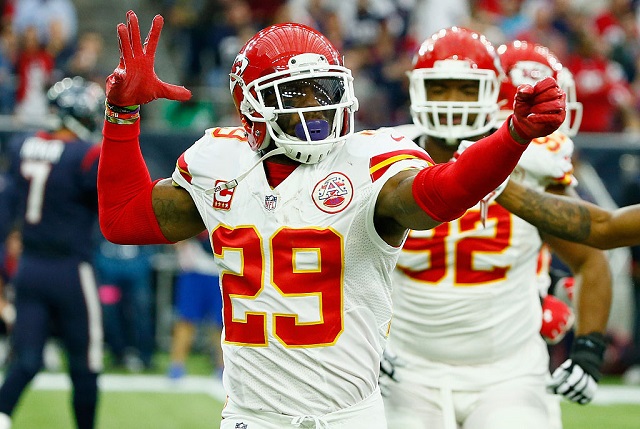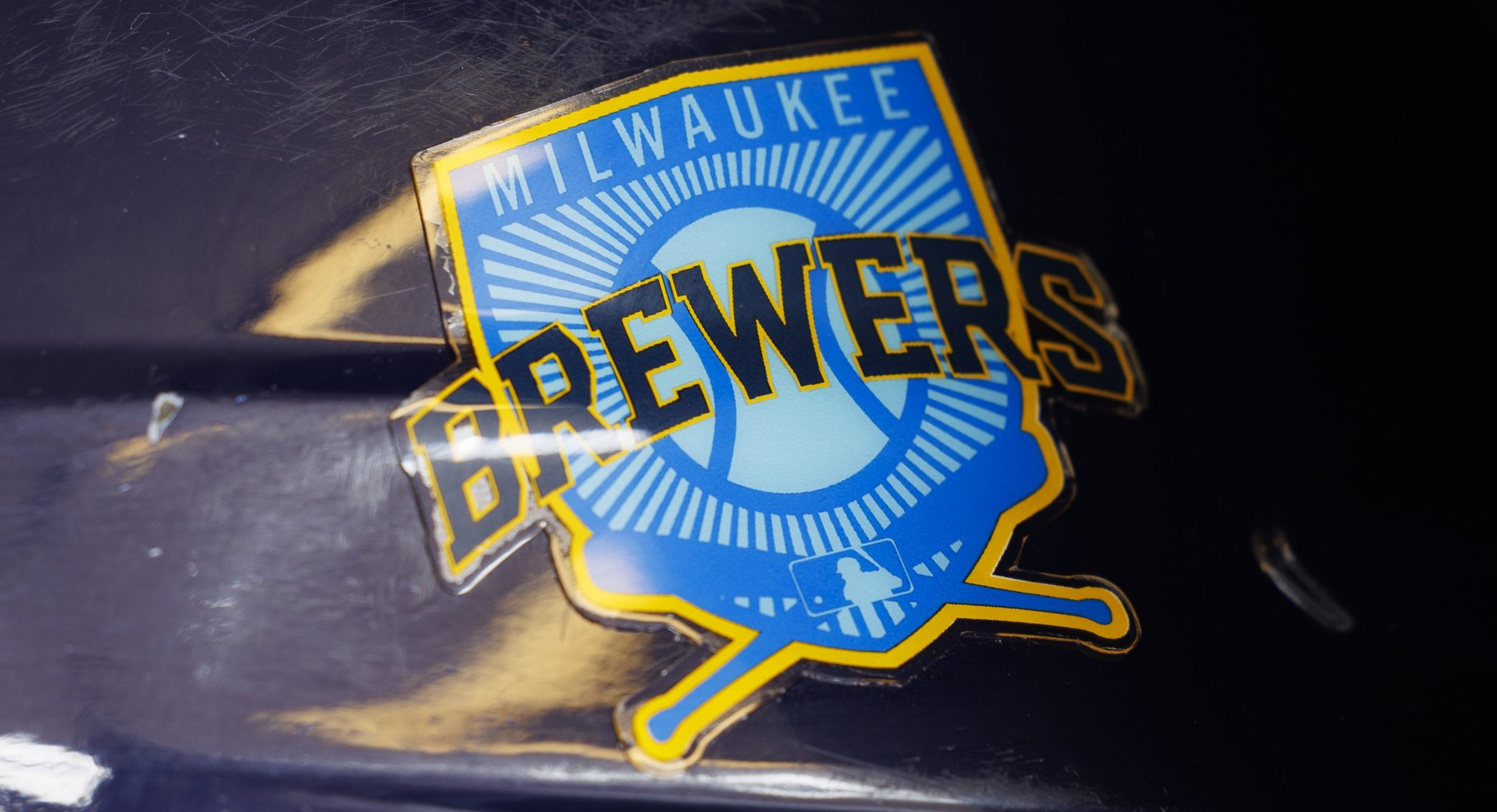The salary cap situations of NFL teams will continue to fluctuate up until the league demands they reduce rosters to 53 players prior to the start of Week 1. Even then, the salary cap commitments will remain flexible, thanks to how the cap is structured. Not all 53 salaries count against a team’s official cap—only the top 51 salaries on the year do. This means, between now and September, when teams have up to 90 players on the roster, only 51 of those will actually be accounted for on a team’s official payroll.
Still, that doesn’t permit a team to be over the salary cap, especially when it comes to the top 51 contracts on the roster. Penalties for being over the cap can be harsh, including the voiding of contracts and, in extreme cases, also fines and the loss of draft picks. While no teams are currently over their respective salary cap limits for 2016, the upcoming NFL Draft could change things significantly. Let’s take a look at five teams that need to get their finances further under control before their rookies can be signed to contracts.

Arizona Cardinals (Top 51 Cap Space: $2,734,868; Top 51 Plus Rookies: -$1,433,154)
The Arizona Cardinals currently have six picks in this year’s draft—one in Round 1, one in Round 3, one in Round 4, two in Round 5 and one in Round 6—which, based on the rookie pay scale, would cost them just over $4.1 million presuming they use all of these picks at their current draft slotting. This pushes the team to more than $1.4 million over the cap. Clearly, additional moves need to be made before these rookies are signed.
While a typical way to cut costs during the draft is to take a starting-caliber player and then releasing or attempting to trade a higher-priced veteran at the position, there is one obvious move the Cardinals can make to free up the needed cash: Extending the contract of defensive end Calais Campbell.
This year, Campbell is set to cost $15.25 million against the cap, with $9.5 million of that in salary, $3 million in signing bonus, $2.5 million in option bonus and another $250,000 in workout bonus. If the Cardinals can sign him to an extension in the weeks ahead, they can reduce the cap number for 2016 by at least $3 million or more. The money essentially “lost” via salary can then be converted into prorated guaranteed signing and option bonuses.
Therefore, Campbell will still make the $15.25 million he was set to earn in 2016, just over—hypothetically—the next three years. The benefit is a two-way street: The Cardinals reduce their salary cap spending while Campbell retains a degree of job security for the next few seasons. Reworking Campbell’s contract via an extension, combined with a few more roster cuts of less-expensive players who carry no dead-money charge if released, can get the Cardinals where they financially need to be to sign their rookie class.
New Orleans Saints (Top 51 Cap Space: $3,052,176; Top 51 Plus Rookies: -$2,300,014)
The New Orleans Saints have taken numerous cost-cutting measures in recent years in order to remain under the league’s salary cap, and 2016 was no different. The team restructured three contracts in March—in other words, taking salaries and converting them into prorated bonuses in order to save money immediately, similar to an extension but instead of new money being added, it’s old money being stretched out over additional time. Running back Mark Ingram’s restructure saved them $1.4 million, punter Thomas Morstead’s restructure saved $1.3 million and defensive end Cameron Jordan’s restructure added another $2.256 million to the team’s cap space.
Still, that’s not enough. The Saints are currently projected to be around $2.3 million over the cap if they were to sign their six 2016 draft picks today. More money must be moved around in order to have the space necessary to sign these players. And the most logical source of that is quarterback Drew Brees, who has a total cap hit of $30 million this year.
Brees already agreed to a contract restructure last September, when $5.2 million of his salary was converted into a prorated bonus paid at $2.6 million per year. And with Brees in a contract year, taking current salary and moving it into 2016 bonuses wouldn’t change his cap hit. No, like Campbell in Arizona, he would need a contract extension in order to reduce his current cap charge. And at 37 years old, it cannot be a long extension, either. But it is doable.
Currently, Brees’ 2016 salary is $19.75 million. To reduce it to 2015’s number—$13.55 million—he’d have to drop $6.2 million this year. That money can be part of the new deal, however, and can serve as guaranteed money as part of his 2017 salary or switched over to a prorated signing bonus. Bringing Brees’ 2016 cap number down to $23 or $24 million this year—and no higher for 2017 and beyond—would more than free up the cash the Saints need immediately, as well as buy the franchise some additional time to find the starter to take Brees’ place in the future.

Pittsburgh Steelers (Top 51 Cap Space: $3,472,132; Top 51 Plus Rookies: -$1,544,175)
The Pittsburgh Steelers have already trimmed a good deal of their financial fat, though not all of it was done intentionally. Instead, it’s come as a result of a typical pattern of offseason behavior for the franchise, where few free agents—whether in-house or from the open market—receive new contracts. But that still hasn’t kept the Steelers from the salary cap edge, and the team will need more cash in the coffers to pay their anticipated seven draft picks this year.
The Steelers are well-known for using contract restructures as a method to free up money. This is a very common practice with quarterback Ben Roethlisberger, who has signed two extensions and done two contract restructures with the team so far during his career. And at first glance, it would be Roethlisberger who seems to be the source of extra-cap-space-via-restructure this year. But it’s linebacker Lawrence Timmons who could be the better choice, via a contract extension rather than a restructuring.
Timmons is also no stranger to the extension-restructure process. His $6,381,250 in restructured bonus owed him this year is a result of two different restructures, one in 2013 and another last year. He also has the second-highest cap hit on the roster this year, at $15,131,250. Additionally, this is the final year of his current contract. So reworking his current salary and turning it into an extension seems the next logical step, especially as Timmons is only 29 years old and a key veteran in Pittsburgh’s defensive front. His restructured bonuses could be converted into prorated signing bonus and his salary can be reduced for the immediate term, with the difference used as guarantees in his future salaries. Extending Timmons this spring could easily shave $3 million to $5 million off of his 2016 cap hit, giving the Steelers the money they need to be comfortably under the cap when it is time to start signing their rookie class.

Kansas City Chiefs (Top 51 Cap Space: $5,432,644; Top 51 Plus Rookies: $548,172)
The Kansas City Chiefs aren’t projected to be over the cap after signing their seven draft picks, presuming nothing changes with where they pick or how many selections they end up having. But, should the Chiefs stand pat, they are still just half a million dollars away from the cap ceiling. That’s not a comfortable place to be when there are likely other signings they will like to make as the summer and training camp unfolds and the regular season approaches.
Because this isn’t a completely uncomfortable situation for the Chiefs, clearing more cap space could simply be a matter of cutting a player or two making around $600,000 in 2016 who carry no dead-money charges. For example, releasing defensive lineman Alameda Ta’amu and quarterback Dominique Davis would free up another $1.35 million with no dead-money charge, easily giving the Chiefs the cushion they need to sign rookies, undrafted free agents and other players over the summer.
There’s also another option for the Chiefs: coming to a long-term agreement with safety Eric Berry. Berry has currently been offered the non-exclusive franchise tag for 2016, worth $10.806 million. He has yet to sign it, and the hope is that the tag can be a jumping-off point for a multi-year contract. Berry playing under the tag would make him the league’s highest-paid safety for 2016. But if he and the Chiefs can get a deal done that mirrors that of Seattle’s Earl Thomas (four years, $40 million) or New England’s Devin McCourty (five years, $47.5 million), that can reduce his 2016 cap hit to anywhere from $7.5 million to $9 million, just the amount of savings the Chiefs need to feel more financially comfortable heading into the summer.

Seattle Seahawks (Top 51 Cap Space: $6,109,788; Top 51 Plus Rookies: -$8,716; Does Not Include Brandon Browner Contract, Details TBD)
The Seattle Seahawks were in decent salary cap shape, though were projected to be over it by nearly $9,000 when factoring in the signing of their rookie class. But with cornerback Brandon Browner returning to his former team over the weekend, that number is likely to rise by a significant factor when the details are released. The Seahawks, therefore, need to shave off some cap room in the coming weeks.
Like the Chiefs, this could easily be achieved by cutting two or three lower-priced players who have no dead-money cap hits attached to their current contracts. The Seahawks could also save significant cap room if they walk into next week’s draft with nine selections and leave with seven players. But the biggest boon to their cap situation will be the formal retirement of running back Marshawn Lynch.
Lynch announced his retirement in February, after nine seasons in the NFL. But he hasn’t yet filed his retirement papers with the league, which means that for now, his $11.5 million salary cap hit remains on the Seahawks’ books. Once he does file the paperwork, though, that cap hit dips to $5 million in dead money—a savings of $6.5 million. That kind of money makes a massive difference to a team’s cap situation this time of year. An additional $6.5 million means that not only can the Seahawks easily sign their rookies right away, but also make other roster additions as the year goes on.
Timing will be the key. For the Seahawks’ financial bottom line, it would suit them far better for Lynch to get his retirement papers filed soon. If the draft comes and goes without Lynch doing so, that would mean the Seahawks will need to make a handful of roster moves, including cuts, in order to free up the money they need to pay the rookies and then recoup Lynch’s money at a later date. Essentially, the Seahawks’ financial health is contingent on Lynch’s filing and when he does it. Because he’s still technically under contract, Seattle’s cap situation remains a concern.
All salary cap and contract information via Spotrac.com








